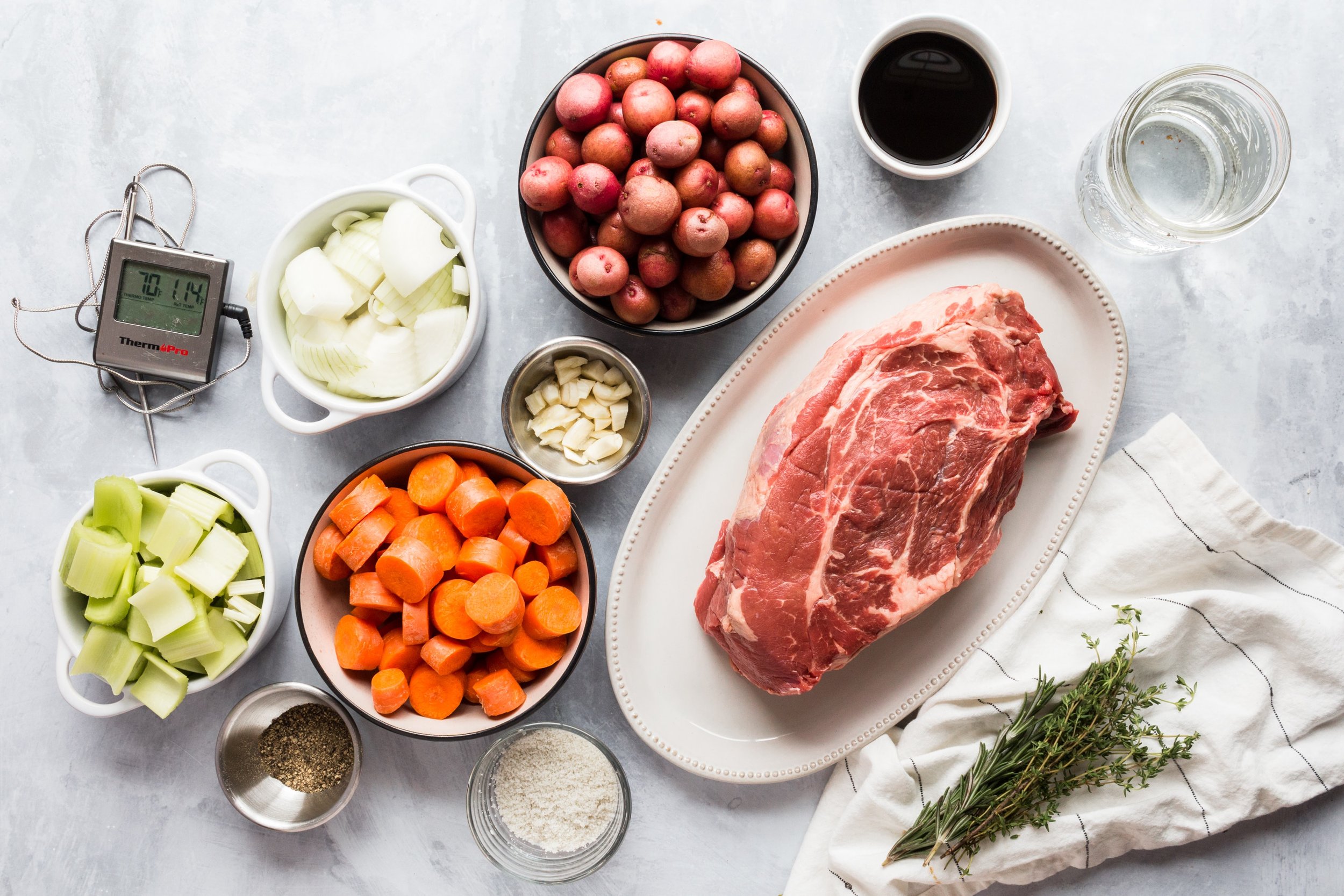What is mis en place?
I don’t remember when I heard the term Mis En Place, but I do remember how it made me feel. The words seem to flow so beautifully right off your tongue. When I learned the meaning was“putting in place,” I understood why it made me feel good. Anything organizing, arranging, or gathering always makes me giddy inside. If I had only known this term when the boys were small, we could have ditched the dreadful clean-up song and simply said “mis en place” when it was time to clean up.
The practice of mis en place started in the 1800s and was a system used, primarily in kitchens to help save time, and make the cooking process more enjoyable. The methodology is designed around five principles:
Have a plan: get your recipe and the plan for your meal outlined before you begin cooking
Gather tools: everything from ingredients to equipment should be set up and ready
Prep your food: wash, dry, cut, chop, and measure out all your ingredients
Organize food into containers: put prepped ingredients into containers to make them accessible
Prepare space for cooking: organize your workstation, ingredients, and tools around your work area
It totally makes sense. Everything is in place to make your cooking experience better. I can personally confirm that when this is done, you do have a better cooking experience. Now, if we could only have that magical feeling when it comes to doing the dishes. That would be something!
It got me thinking about the organizing process and how mis en place would apply. Let me show you want I mean:
Have a plan: Before you start an organizing project, you should think about your goals and what is needed to achieve them. Let your goals serve as your north star, so when you get lost in the process, you can go back to your goals and redirect.
Gather tools: Gather everything you will need for your project before you actually start the work. This can be a huge time saver while you’re working. When I say tools, I’m not talking about new products. I’m talking about garbage bags, recycling bins, sticky notes, sharpies etc. Buying new organizing products should be the last thing you do. You don’t want to buy the wrong things, save that for the end.
Prep space: Preparing the space before you organize can be helpful. Eliminating excess, discarding rubbish, wiping things down, and making micro-decisions can save you time. It’s amazing how prepping a space can make you see something different.
Containerize: This is when you sort. You can start to group like things together and arrange them within your space. When sorted, you have the opportunity to see how much you have of something and make decisions on if it is in the right place.
Organize: You’ve planned, prepped, and sorted. Now it’s time to use your space! As you do your work, how does it feel? Is everything where it belongs? Are you finding you’re spending less time searching?
When your space is organized everything should be accessible, available, attractive, and enjoyable. I’m certain you’ll spend less time searching and more time completing and getting things done.

